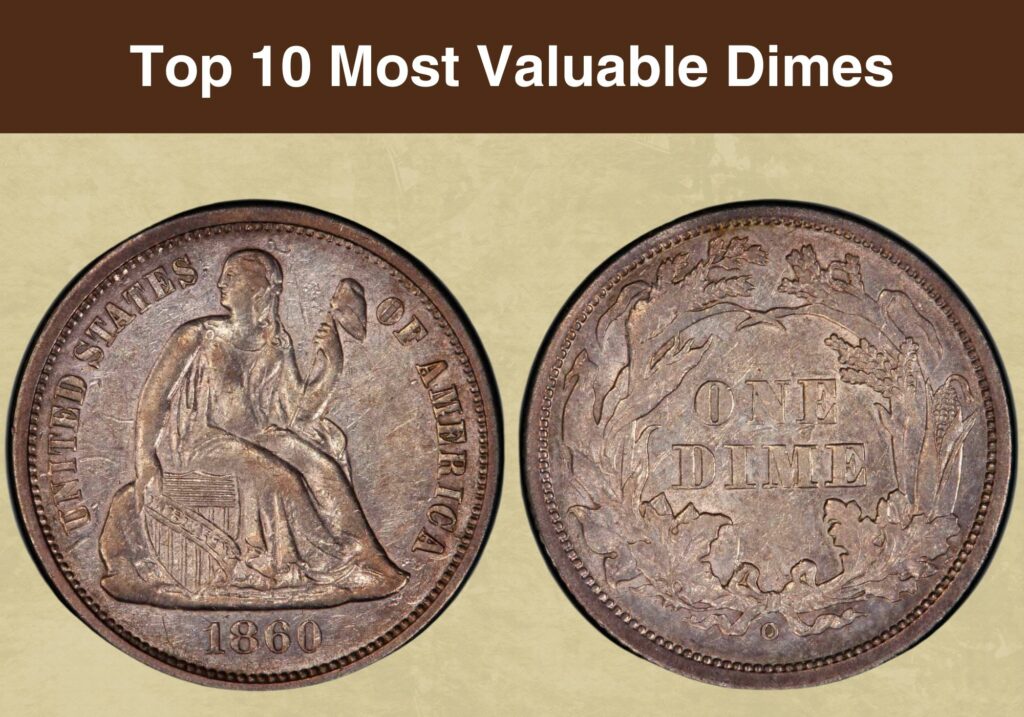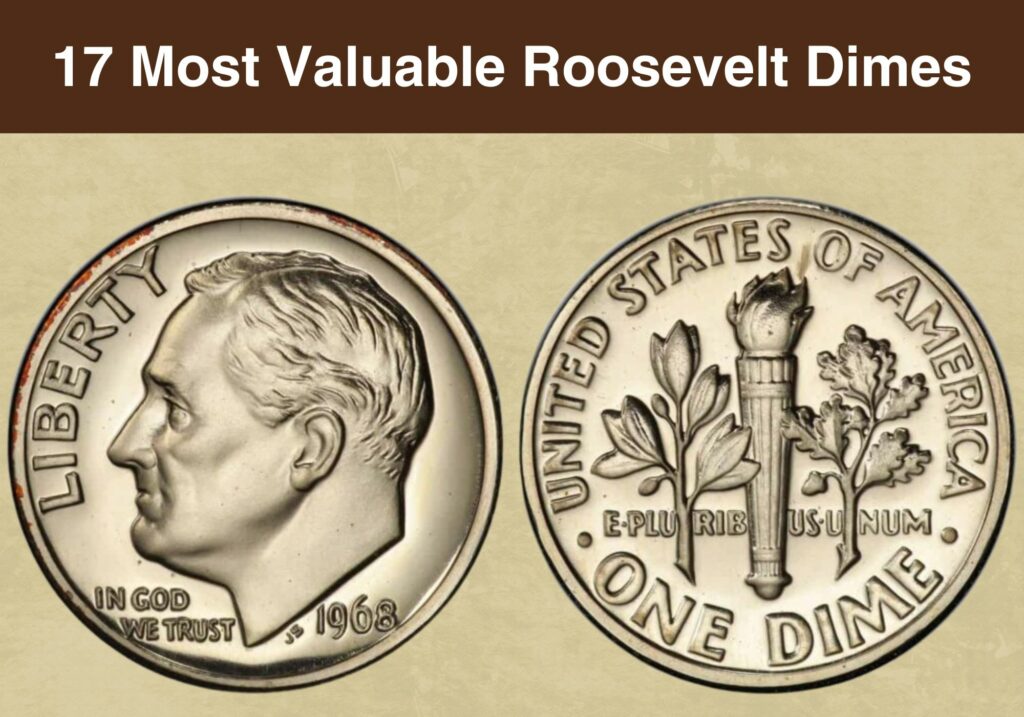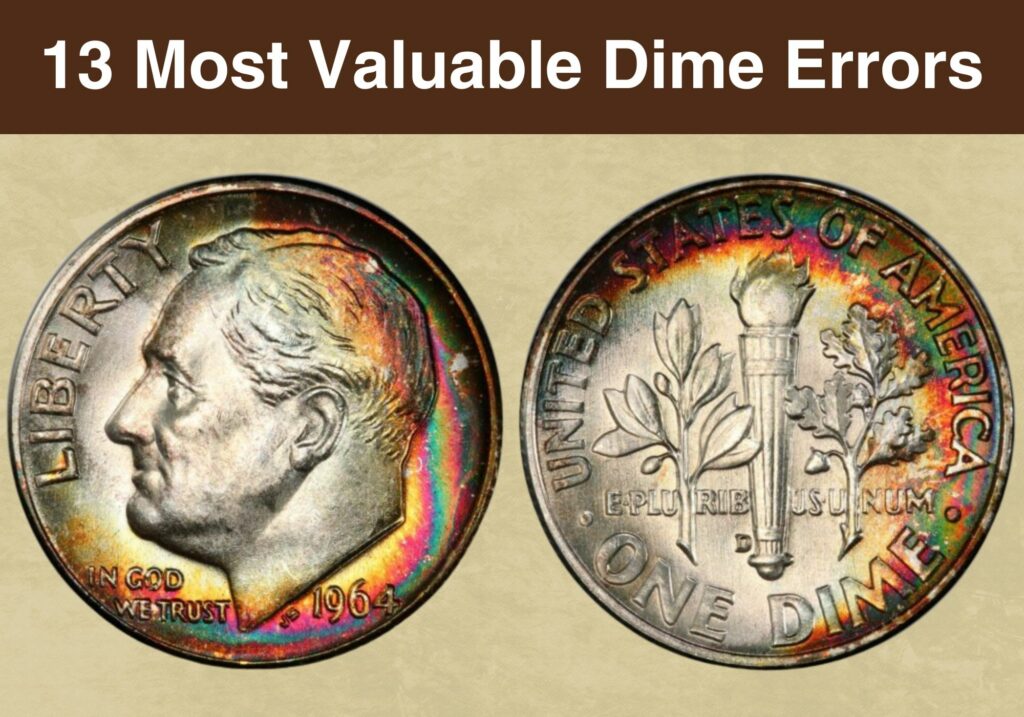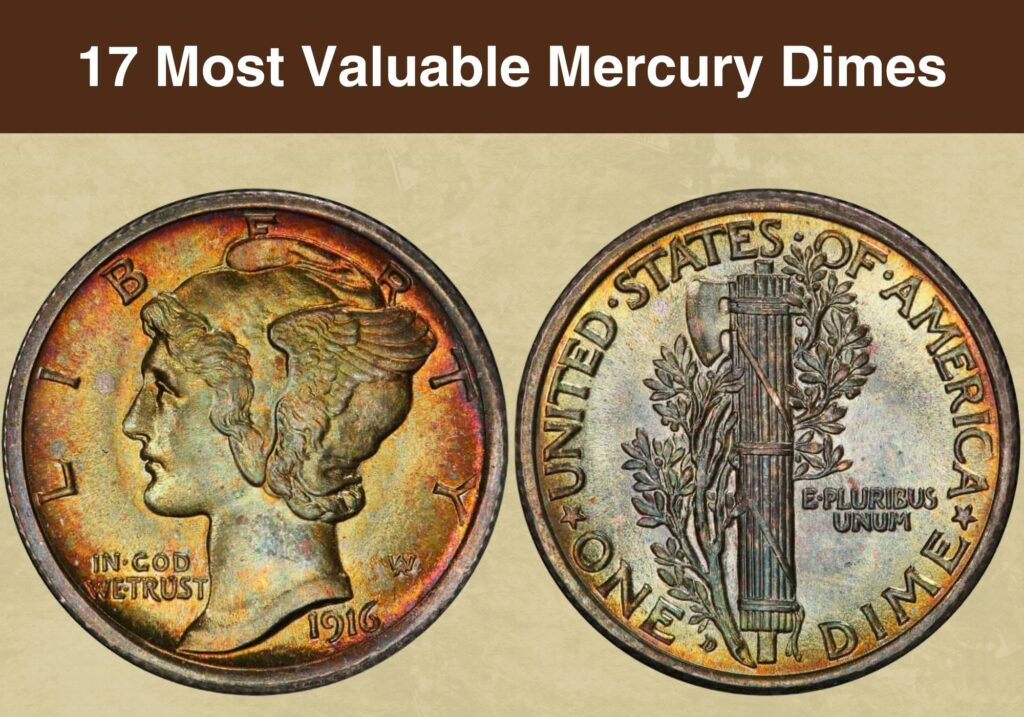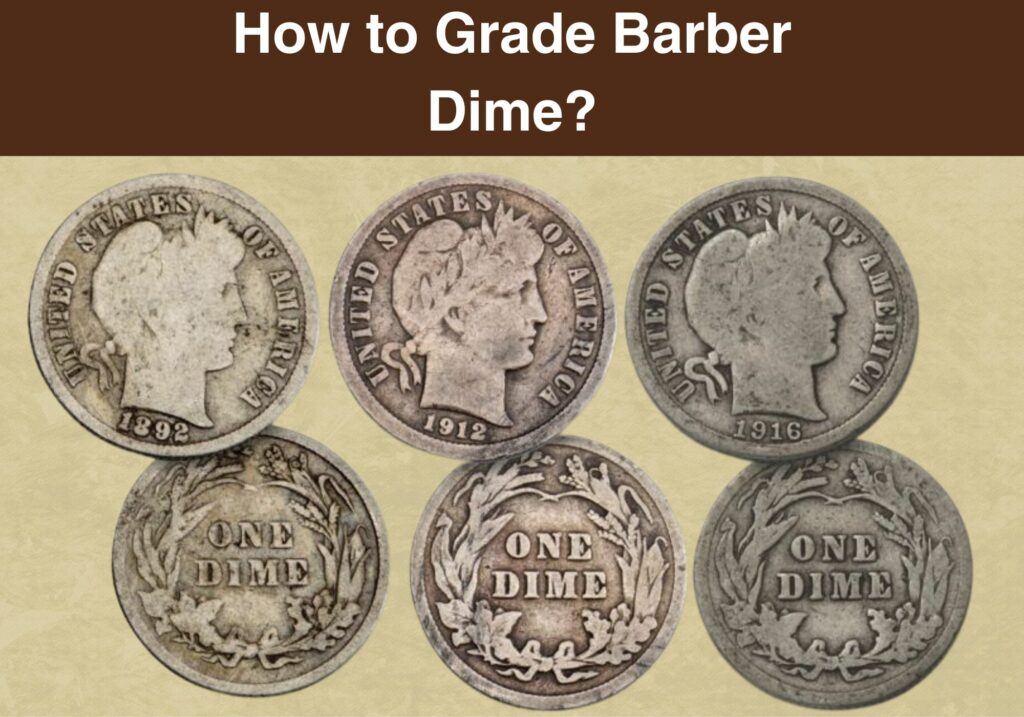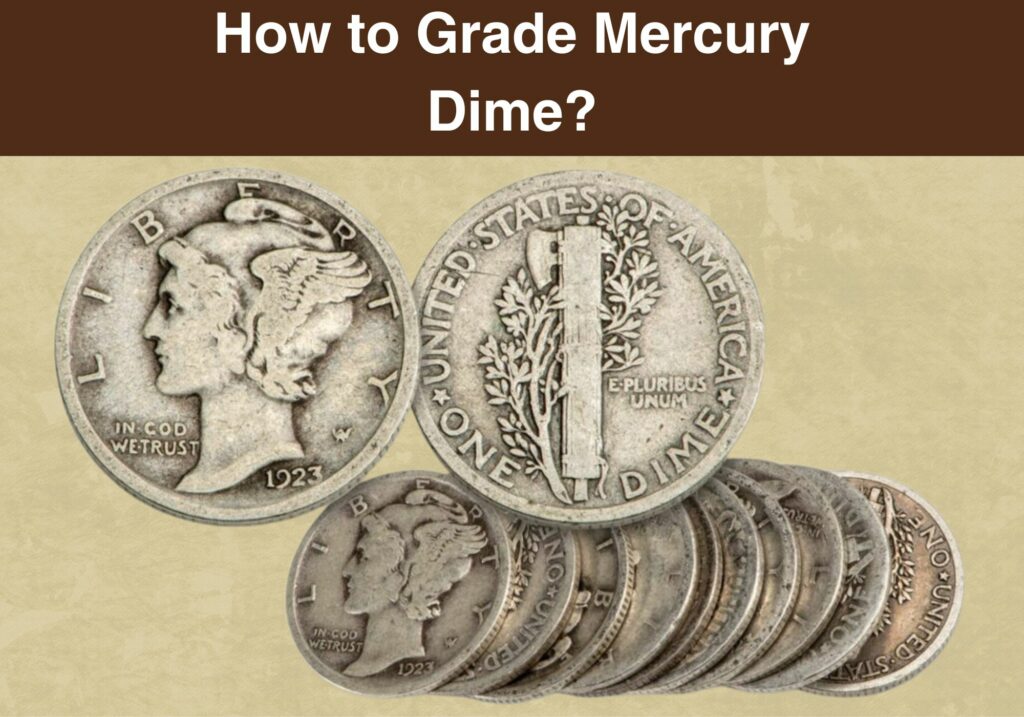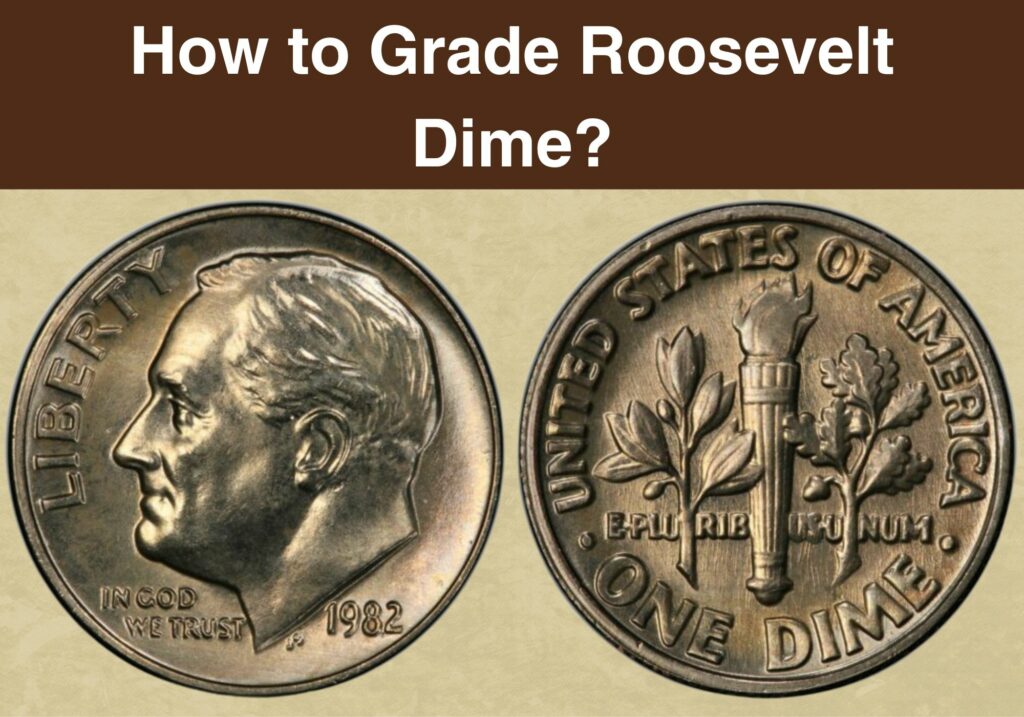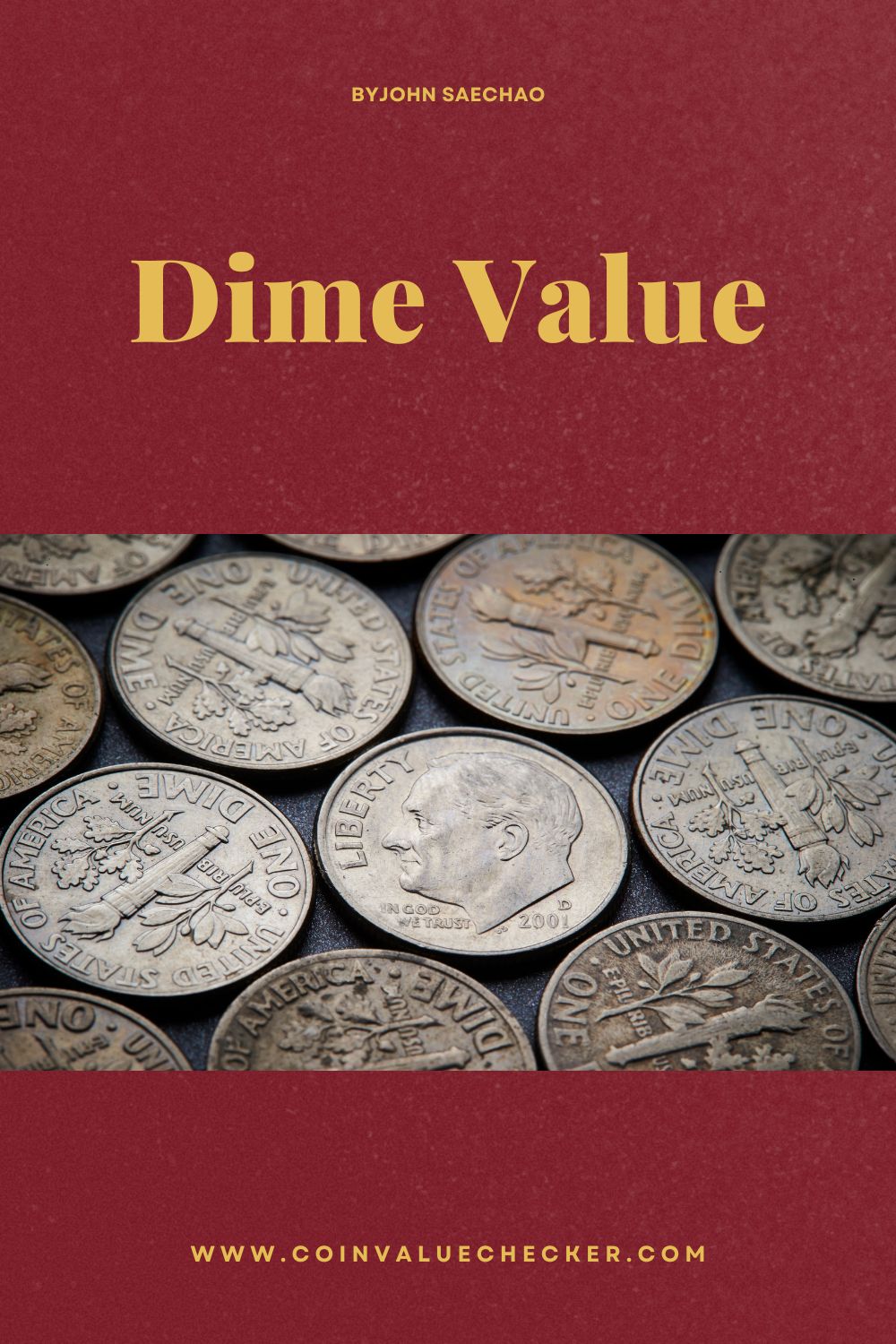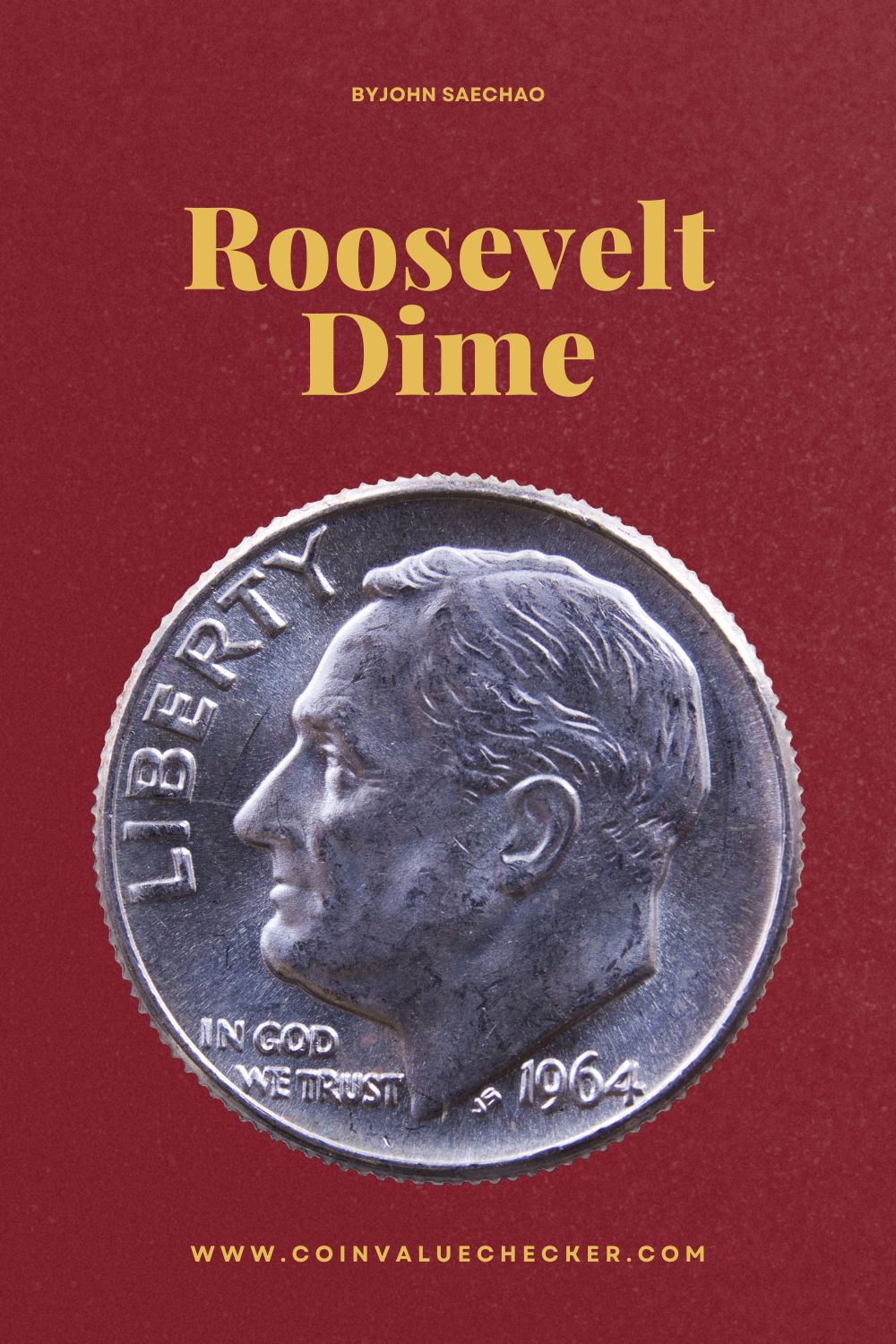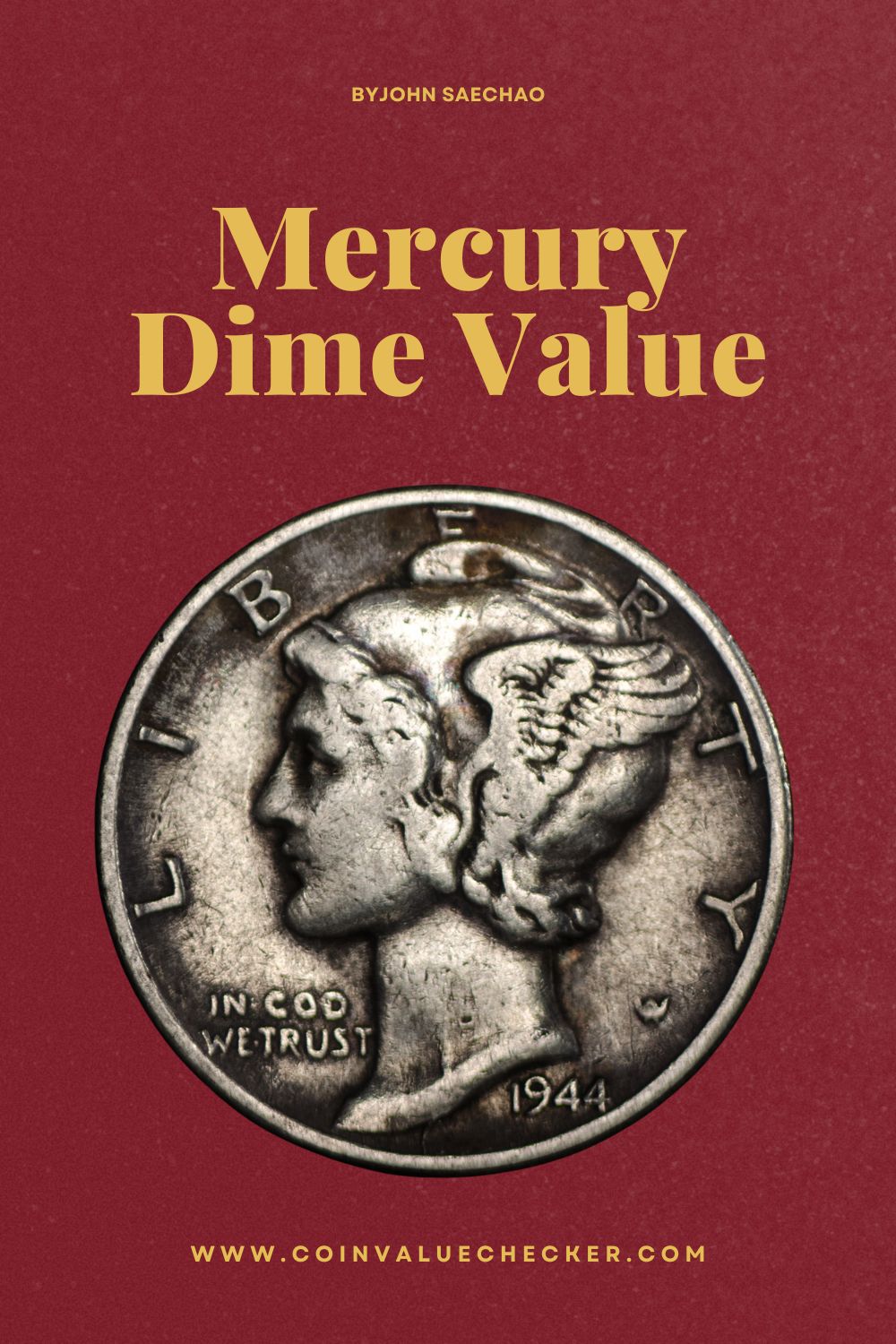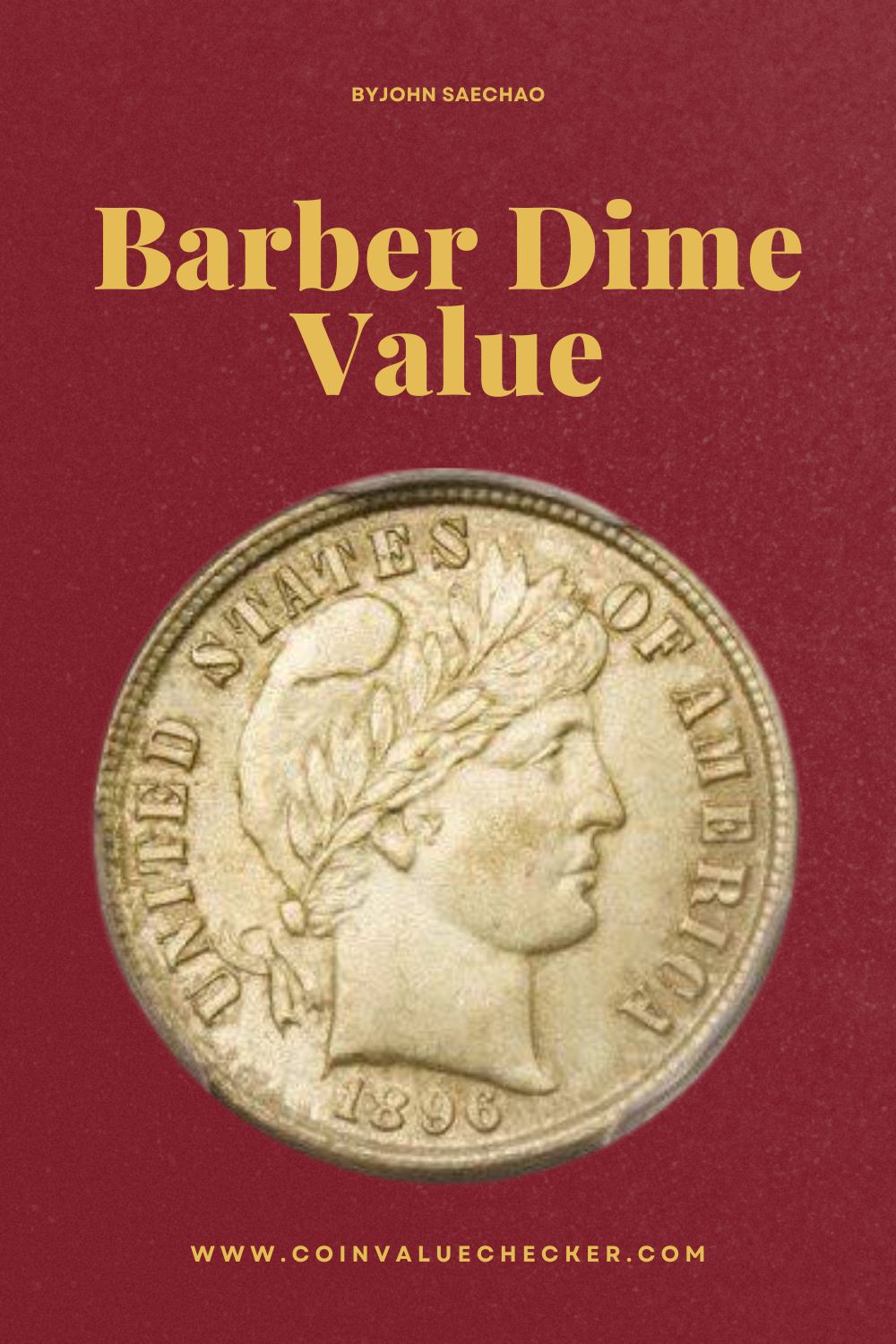Dime Coin Value Checker
Enter Dime Year to Check Dime Coin Value
Dime Varieties
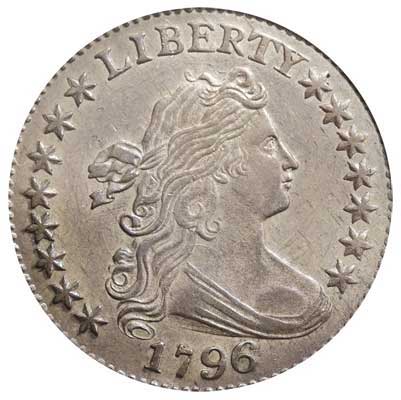
Bust Dime
(1796-1837)
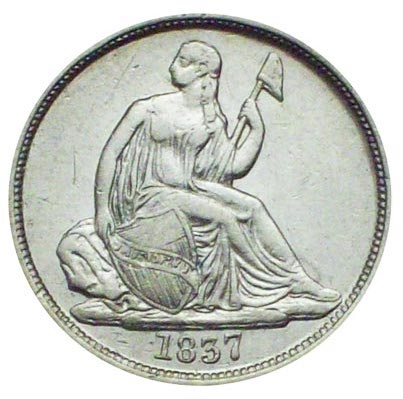
Seated Liberty Dime
(1837-1891)
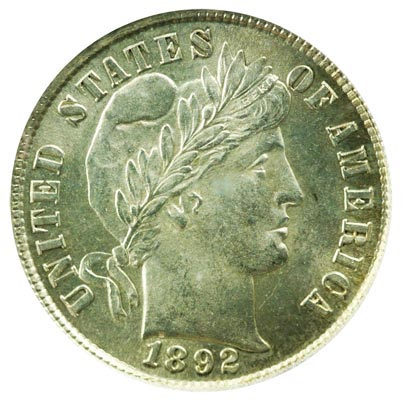
Barber Dime
(1892-1916)
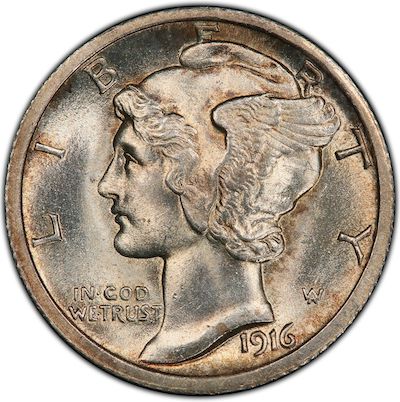
Mercury Dime
(1916-1945)
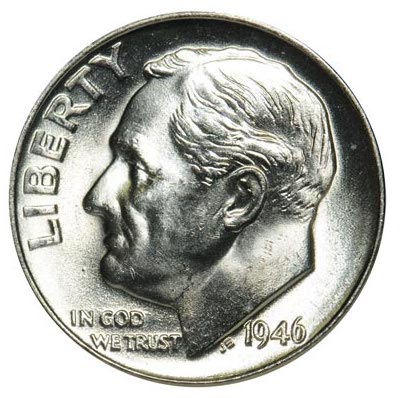
Roosevelt Dime
(1946-present)
Dime Coin Value By Year Chart
The dime, one of the most commonly used coins in circulation, has seen its value fluctuate over the years. While its face value remains at 10 cents, the melt value and collector’s value can vary significantly based on factors like year of mintage, condition, and rarity. This chart list will explore the dime value by year, providing insights into which years yield the most valuable specimens for collectors and investors alike.
Most Valuable Dimes Lists
While the dime may seem like an unassuming coin, some rare and highly coveted specimens can fetch staggering prices at auction. From key dates to unique errors, certain dimes have captured the attention and desire of collectors worldwide. below articles delves into the most valuable dimes ever minted, uncovering the stories behind these numismatic treasures and their jaw-dropping valuations.
Dime Coin Value by Grading
The condition of a dime plays a crucial role in determining its worth to collectors and investors. Grading standards established by professional numismatic organizations provide a consistent framework for evaluating a coin’s state of preservation. From well-worn circulated pieces to immaculate mint state gems, below articles explores how the grading process influences dime values across various grade levels.
Dime Coin History
The dime is one of the most iconic coins in U.S. currency, with its history stretching back over 200 years. Authorized by the Coinage Act of 1792, the first dimes, known as Draped Bust dimes, were minted in 1796 and featured a depiction of Liberty on the obverse. For the first few decades of the 1800s, different variations of the Draped Bust dime were issued, with modifications to the design on the reverse side of the coin. This was followed by the Seated Liberty dimes, minted from 1837 to 1891, showcasing a seated version of Liberty as well as adding the words “One Dime” on the reverse side of the coin.
The transition to the Barber dime occurred in 1892, designed by mint engraver Charles E. Barber. The Barber dime, characterized by the head of Liberty wearing a cap, continued to be minted until 1916. It was succeeded by the iconic Mercury dime, featuring a depiction of a Winged Liberty wearing a Phrygian cap. Although officially named the Winged Liberty Head dime, it became widely known as the Mercury dime since the obverse resembles the Roman god Mercury. Produced from 1916 to 1945, the Mercury dime remains a very popular series for collectors.
In 1946, the Roosevelt dime was introduced, displaying President Franklin D. Roosevelt on the obverse and an olive branch, torch, and oak leaves on the reverse. This was done to honor the late president and the work he did during the Great Depression. To this day, the Roosevelt dime continues to circulate as the current design. Over the decades, the dime has transitioned between different obverse and reverse designs, but throughout its 200+ year history, it has remained an integral part of the U.S. currency system.

